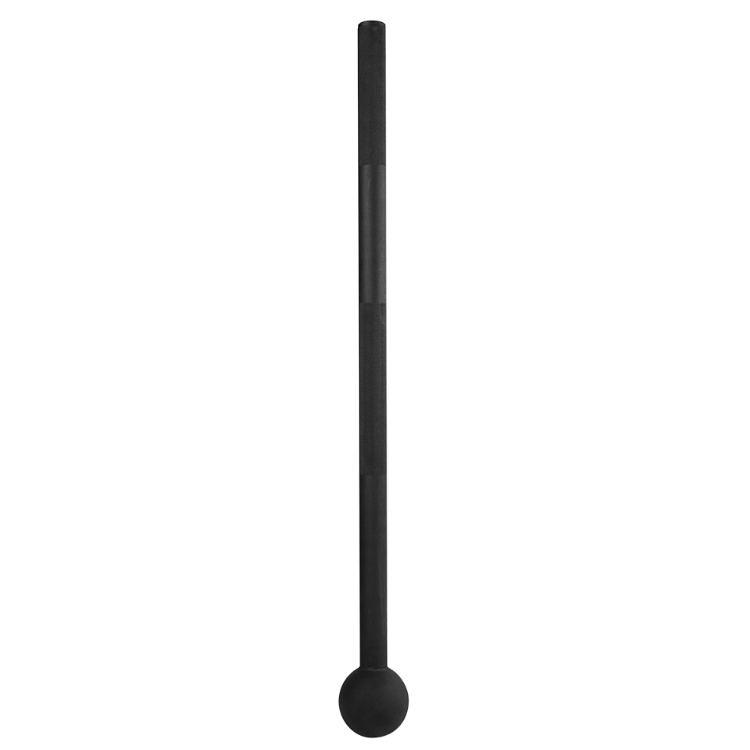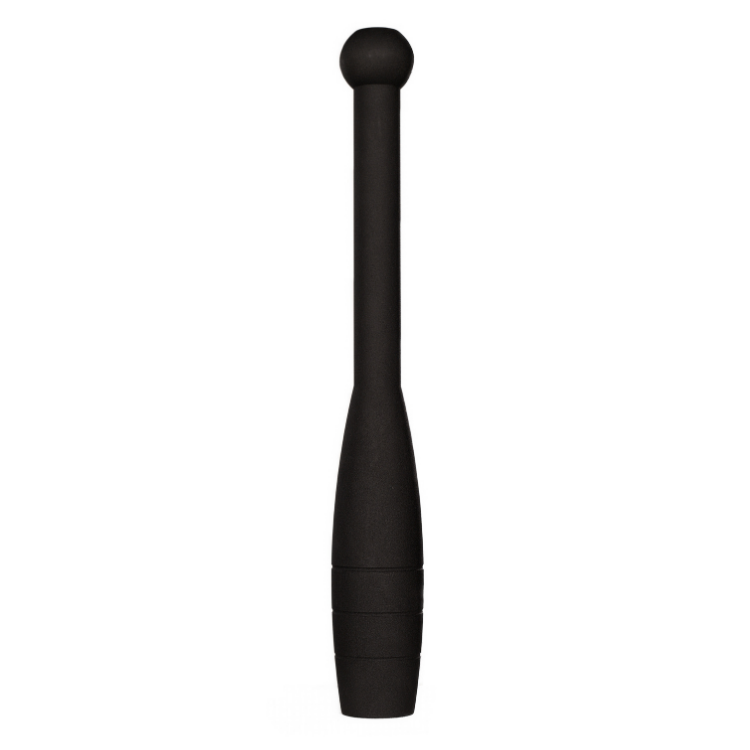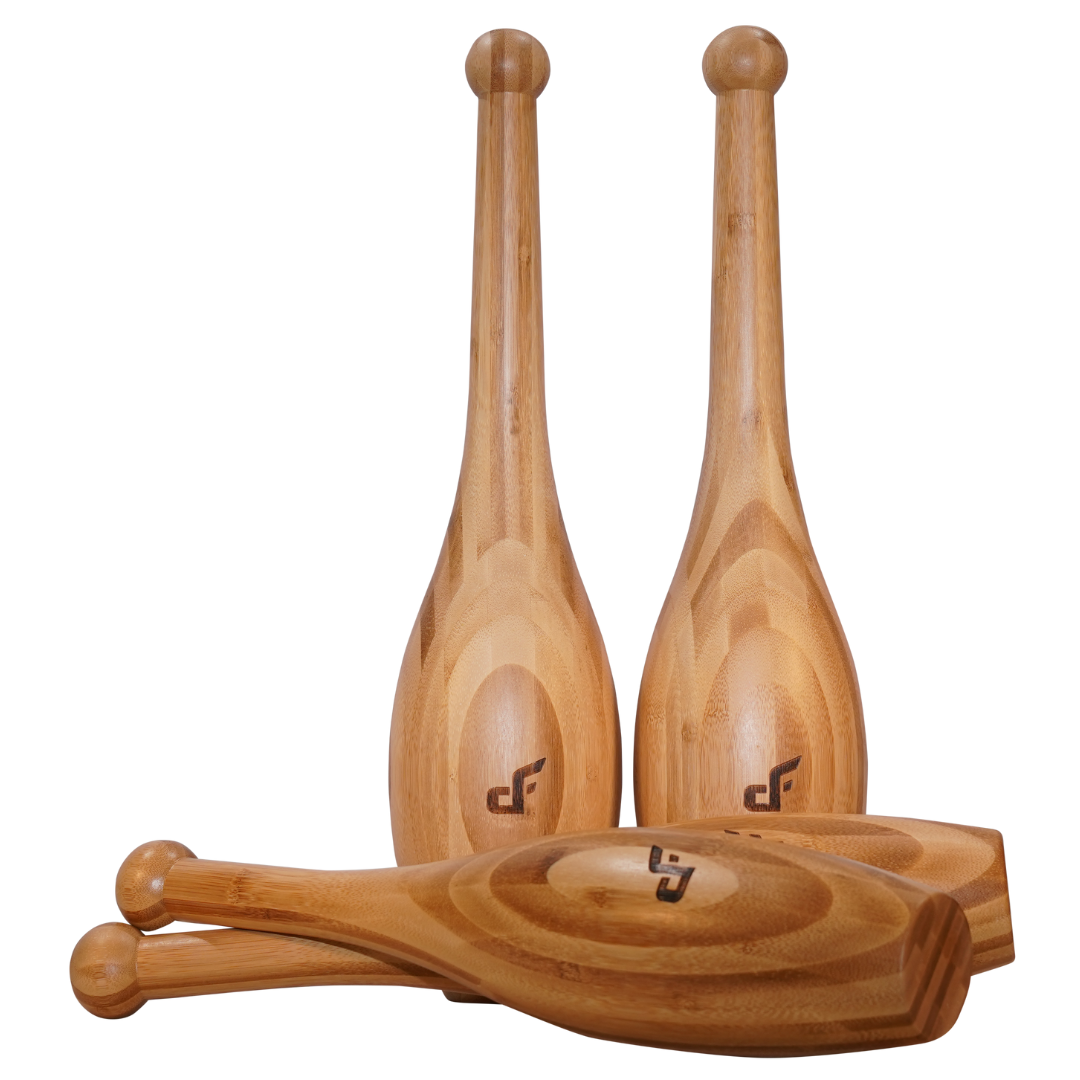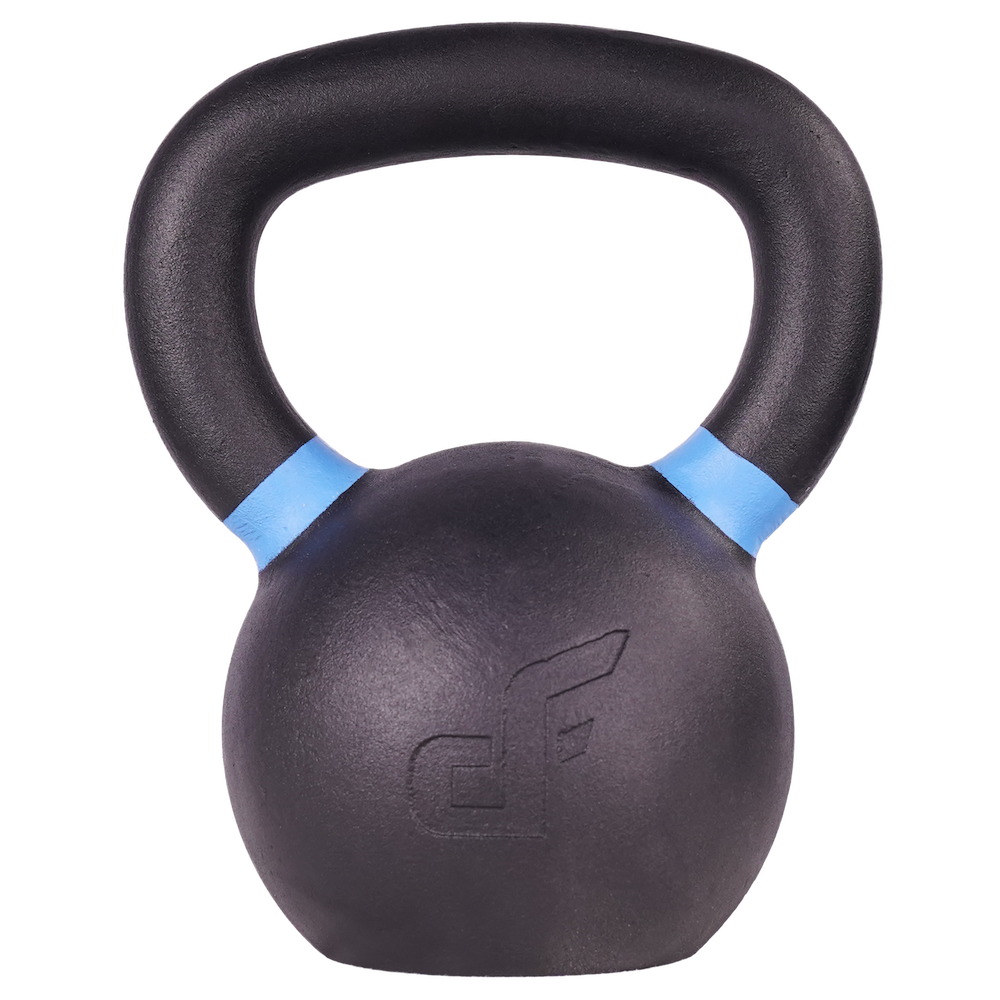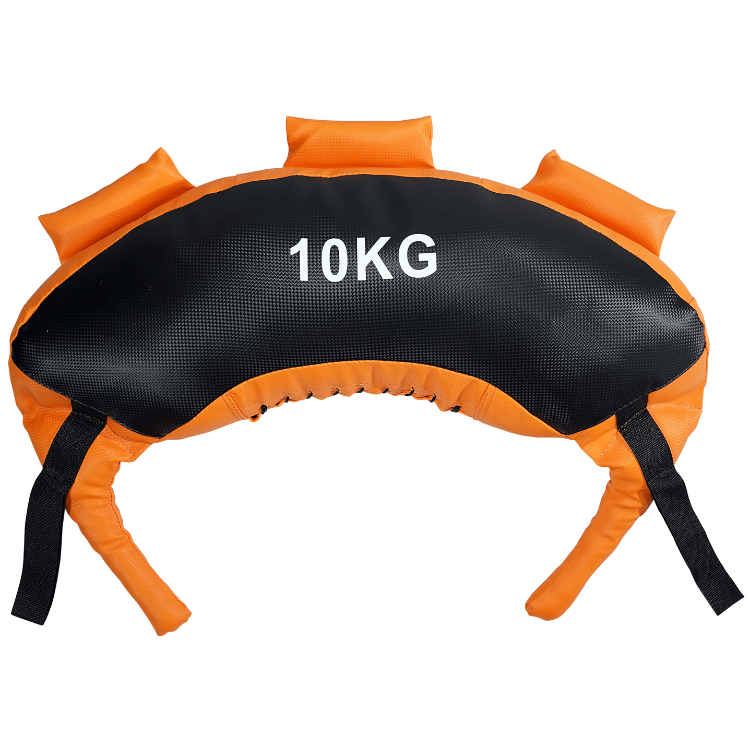A well-balanced training program that promotes proficiency of movement should include multi-planar exercises and the 7 Primal Movement Patterns.
The 7 Primal Movement Patterns were developed by Paul Check of the C.H.E.K. Institute.
They are fundamental movements that have deep roots in human ancestry.
From an evolutionary perspective, these basic primal movements were essential for survival.
Gait (locomotion) was required to hunt and gather, squatting to make fire, lunging to climb a hill and pushing to throw a spear.
But today our daily lives look very different. With much of the day spent sat a desk, on the couch or in a car, our ability to perform these very basic primal movements has been compromised.
These 7 fundamental movements develop in utero and continue through infancy, they include: bend (hinge), squat, lunge, push, pull, twist, and gait.
In the womb, humans first develop the ability to twist which is arguably the most important of the 7 movement patterns.
Between three months and five months old, infants begin integrating push and pull into their movement skill set. Infants will push themselves off the floor and attempt to crawl by pulling themselves forward.
From five months until eight, the infant begins incorporating bend into their vocabulary of movement. In the act of attempting to stand, the movement of bending from the hip is used to provide protection when falling forward.
An infant begins integrating the last three movement patterns from months seven to twelve. The child first learns how to stand upright utilising the squat, which is quickly followed by the lunge as the child stabilises the body.
Once these two movements are mastered the child is then prepared for the final primal movement which is gait (walking).
Squat
The squat pattern is used all the time in our everyday lives, every time we sit down, we use the squat movement pattern.
There are multiple variations of the squat, each working the body slightly differently. For example, a deck squat (feet close together) will target the quads more, whilst a sumo squat (feet wide apart) will challenge the quads, but with a little more emphasis on the glutes, hamstrings, and inner thighs.
With each squatting variation the lower back and abs are forced to contract to keep the body in an upright position during the lowering phase, therefore squats are also an excellent exercise for strengthening the core.
Bend (Hinge)
We use the bend movement pattern when we pick something up from the floor, like when you drop your keys and hinge at the hips to pick them up.
The most common exercise to target this movement pattern is the deadlift. When performing this exercise, the key is to hinge at the hips by driving your butt backwards (whilst keeping a neutral spine), instead of just simply leaning over by leading from the shoulders.
Bending movements will primarily target the glutes, hamstrings, and erector spinae muscles.
Lunge
The lunge pattern is the last of the lower body specific movements.
We use the lunge when walking upstairs, a steep hill or stepping over a log.
The lunge is a unilateral exercise which challenges stability, increases flexibility, and builds overall strength.
There are many variations of the lunge, each challenging the body differently, such as forward lunges, lateral lunges, reverse lunges, diagonal lunges, and step-ups.
Push
The push pattern is used to push an object away from the body, like lifting a box overhead to put it on the top shelf. Or, to push your body away from something, like when pushing yourself off the floor to get up.
There are two main pushing movements: 1) horizontal push and 2) vertical push.
A horizontal push is often performed with exercises like the bench press or push up, this movement pattern primarily targets the pectorals, anterior deltoids, and triceps.
An example of a vertical push exercise is the shoulder press, where you push a barbell or dumbbell vertically. Vertical pressing movements primarily target the deltoids, triceps, trapezius, and pectorals.
Pull
The pull pattern is the opposite to the push motion and is used for pulling an object closer to the body, or moving the body closer to an abject, such as when performing a pull up.
From opening a door, to starting a lawnmower, the pull pattern is used is a movement we use in our everyday lives.
There are two main pulling movements: 1) horizontal pull and 2) vertical pull.
A horizontal pull is often performed with exercises like the seated row, or bent over row, this movement pattern primarily targets the lats and rhomboids with assistance from the trapezius and biceps.
An example of a vertical pull exercise is the pull up where you pull your body vertically to the bar. Vertical pulling movements primarily target the lats, rhomboids, posterior deltoids, and biceps.
Twist (Rotate)
The twisting pattern is the ability to rotate from your pelvis to your ribcage.
If you think about throwing a ball, playing golf, running, or even walking, most human motion involves some form of rotation.
The problem is that most training programs only include sagittal plane and frontal plane exercises with no rotational movements.
For an exercise program to be truly functional it must contain rotational movements in the transverse plane.
There are two types of twisting (rotational) movements. 1) rotation 2) anti-rotation.
Rotational exercises are twisting movements such as the woodchop or kettlebell shovelling swing.
Anti-rotational exercises are where rotation is prevented such as the standing single arm bent over row or the pallof press.
Gait
The ability to pull, lunge, and twist the body to propel yourself forward into walking, jogging, or sprinting is known as gait.
Whether you are walking to the shops, jogging for exercise or sprinting to catch a bus, gait is the most commonly used of the 7 Primal Movement Patterns.
Conclusion
Many of the exercises discussed in this course will fall into multiple categories, but to keep things simple multi-primal movements will only be included in one module.
An example of this would be the single leg rotational snatch.
This movement falls under multiple categories, it’s essentially: a pull, a twist, and a hinge. However, since the snatch is primarily a pulling based movement it will be included in the pull module.
Want to learn more about functional training? Check out our Worldwide accredited CEC courses.

